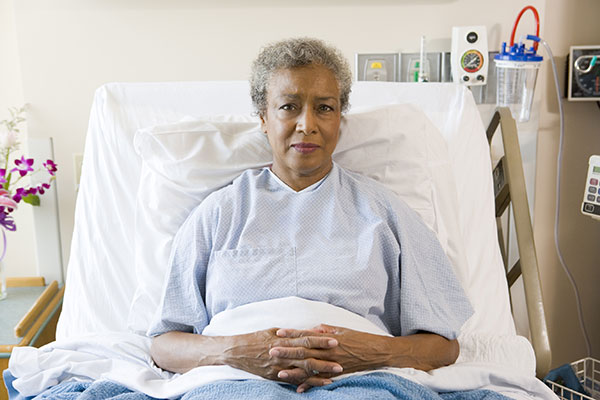
Matthias Meyer (Triemli Hospital, Zurich, Switzerland) and others report in European Heart Journal: Acute Cardiovascular Care women who are experiencing symptoms of a myocardial infarction (heart attack) wait for longer to call for assistance than men do. According to Meyer, this may be because women do not always experience the “typical” symptoms of a myocardial infarction and, thus, do not realise that they are having one.
“Women and men have a similar amount of pain during a heart attack, but the location may be different. People with pain in the chest and left arm are more likely to think it’s a heart attack, and these are usual symptoms for men. Women often have back, shoulder, or stomach pain,” Meyer comments.
During the last 10–15 years, multiple strategies have been employed within myocardial infarction treatment networks to reduce the time delay between symptoms and treatment. In their study, Meyer et al aimed to investigate whether delays have reduced in women and men.
The study was a retrospective analysis of all 4,360 patients (967 women and 3,393 men) with acute ST-segment elevation myocardial infarction (STEMI) treated at Triemli Hospital—the second largest percutaneous coronary intervention (PCI) centre in Switzerland—between 2000 and 2016.
The primary outcomes of interest were changes in patient delay (the time from symptom onset to contact with a hospital, emergency medical service, or general practitioner) and system delay (the subsequent time until reopening of the vessel). The secondary outcome of interest was in-hospital mortality.
During the 16-year period, women and men had equal reductions in system delays. Meyer says: “We found no gender difference in the timely delivery of care by health professionals, with both men and women receiving a stent more quickly after contacting the medical services than they did in the past.”
However, patient delay decreased slightly in men over the 16-year period but did not change in women. Women waited approximately 37 minutes longer than men before contacting medical services. Clinical signs of persistent chest discomfort were associated with shorter patient delays in men but not women.
In-hospital mortality was significantly higher in women (5.9%) than men (4.5%) during the study period. Delays were not associated with in-hospital mortality after correcting for multiple factors. Meyer comments: “As expected, the acute complications of a heart attack drive in-hospital mortality rather than delays. But we do know from previous studies that delays predict long-term mortality.”













